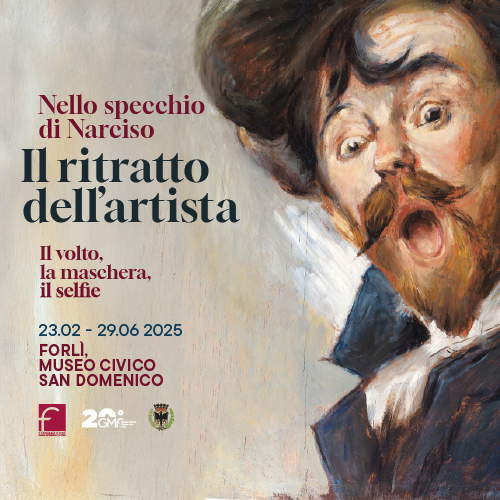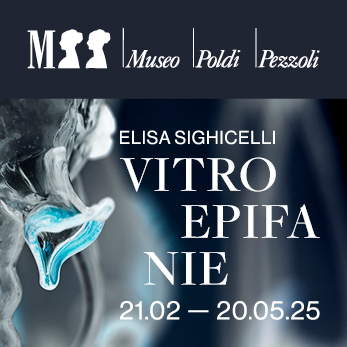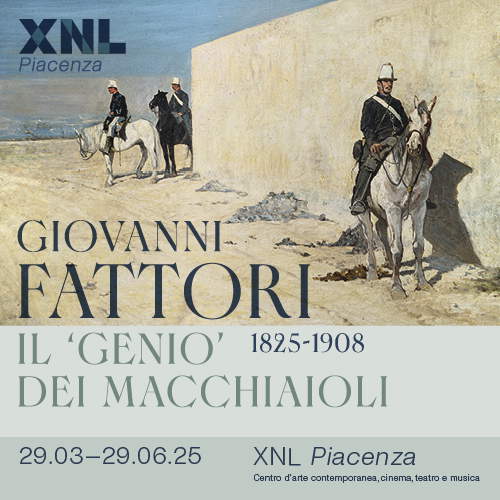At the MAO in Turin, an exhibition tells the story of Japan through men's clothing of the early 20th century
MAO Museum of Oriental Art in Turin presents from April 12 to September 7, 2025 the exhibition Haori. Men’s clothes of the early 20th century narrate Japan. The exhibition project has been realized thanks to the curatorial consultancy of Silvia Vesco (professor of History of Japanese Art at Ca’ Foscari University of Venice), Lydia Manavello and You Mi (independent curator and professor of Art and Economics at the University of Kassel), in collaboration with MAO director Davide Quadrio, and curators Anna Musini and Francesca Filisetti, with support from Francesca Corrias. About fifty haori and juban - overkimono jackets and the robes under men’s kimonos, respectively - will be on display for the occasion, along with a selection of traditional children’s clothes, all belonging to the Manavello collection. These will be placed in dialogue with installations by contemporary artists.
This is an exhibition that is currently unprecedented in either Italy or Europe and thus stands as a first in the context of exhibitions devoted to the art of the Far East.
The decorations on the clothes on display are not only examples of fine workmanship, but true documents and testimonies that tell the story of early 20th-century Japan. This period, marked by profound social, political and cultural changes, saw accelerated modernization accompanied by imperialist tensions. Within the exhibition, works by contemporary artists become tools for analysis and reflection to help visitors orient themselves in a complex historical era marked by the intricate relations between Japan, China and Korea, still little known in Italy.
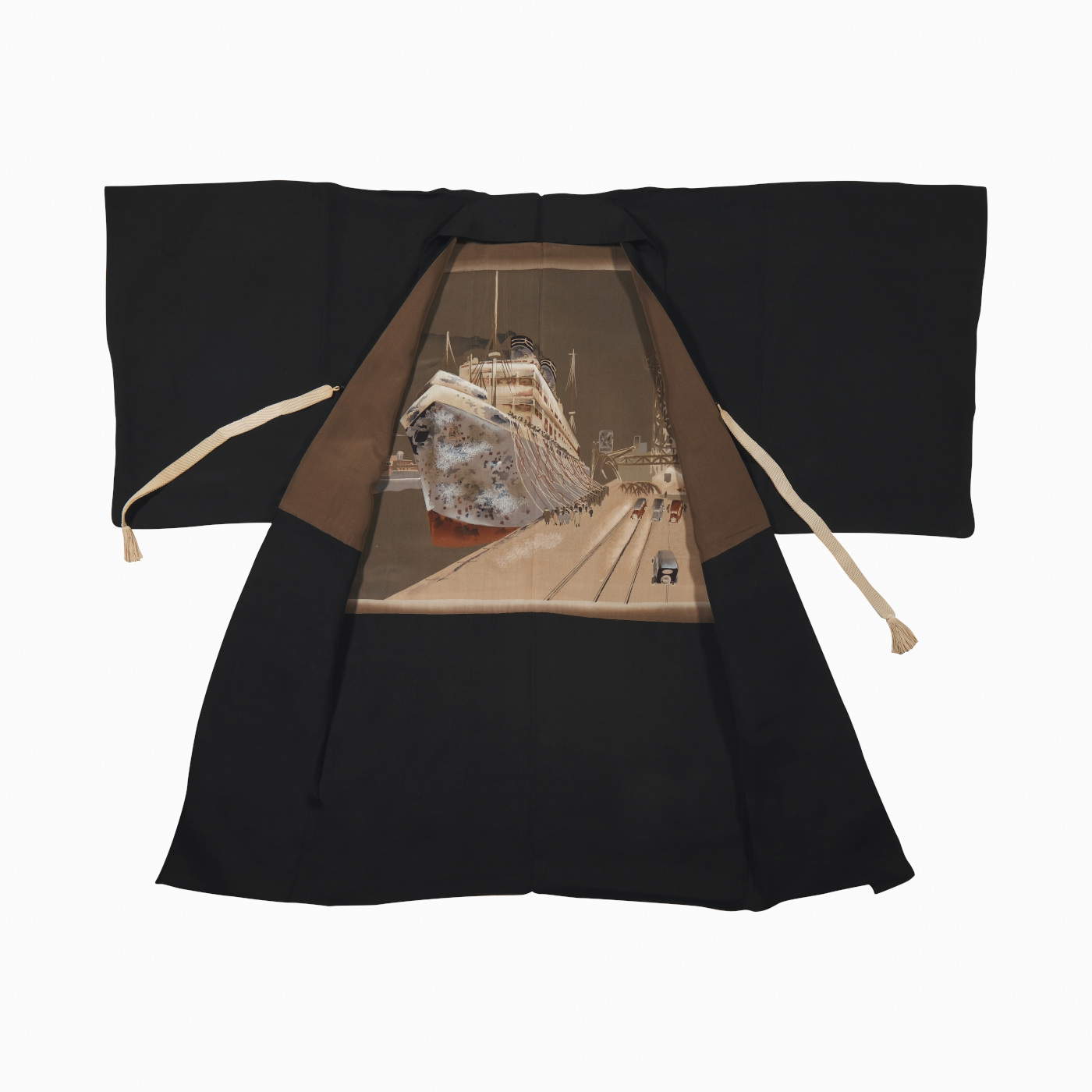
A journey through tradition and hidden meanings
Japanese culture, rooted in a philosophy that favors suggesting rather than revealing, finds its balance in the alternation of solids and voids, in the constant search for harmony. Clothing plays a key role in defining the country’s social spaces and hierarchies, but while women’s kimonos have long been the object of study and admiration, men’s clothing has still been little investigated.
While less conspicuous, men’s clothing is an essential component of Japan’s rich textile universe. Whether it is the austerity of a ceremonial dress or the understated elegance of an everyday kimono, these garments guard a world that is revealed only in the domestic sphere or in intimate moments. The decorative elements inside the jackets or on the under-kimonos tell seductive and narrative stories through refined motifs, skillfully woven or painted. The themes depicted range from literature to the art of war, from nature to spirituality, offering a fascinating glimpse into Japanese culture.
Fashion, politics and cultural identity
Traditionally regarded as garments of everyday intimacy, the haori and juban on display take on a new significance and become tools for reflection on topical issues, including questions related to 20th-century Japanese expansion into Asia and the political and social implications that characterized its historical context. These include propaganda, entrusted not only to traditional media but also to clothing itself.Special attention will also be paid to children’s clothing in the exhibition.
The exhibition thus explores the common imagination of Japan in the West, often still linked to a romantic and traditional vision, as opposed to a lesser-known perspective revealed precisely through men’s clothing. The decorations on clothing express both the myth of the West and a strong sense of Japanese national pride, both of which culminated in technological evolution and the strenuous defense of one’s identity, before and during World War II.
This cultural legacy, far from disappearing, lives on not only in Japan but also in those countries that were influenced by it. The contemporary installations and videos in the exhibition offer tangible evidence of this persistence, enriching the narrative with insights into the link between past and present.
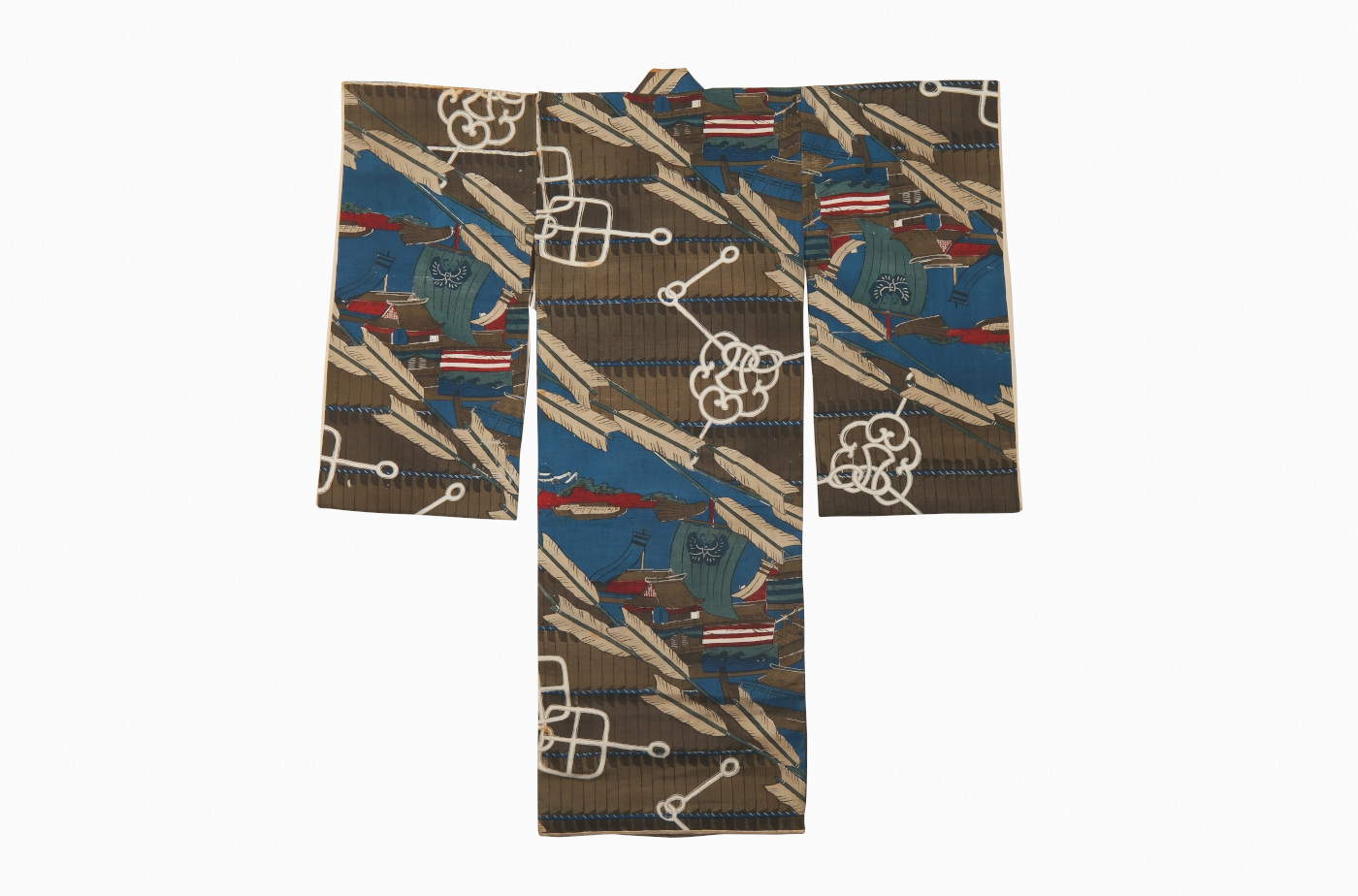
Contemporary art and global perspectives
The exhibition includes works by international artists that address themes such as personal and collective identity, nomadism and migration. Among them, the video A Needle Woman and the sculptures Bottari by Kimsooja (Taegu, Korea, 1957) examine the relationship between the individual and society, emphasizing cultural and linguistic hybridity, focusing on how nomadism and migration shape personal and collective identity.
The large installation Kotatsu (J. Stempel) by Tobias Rehberger (Esslingen, Germany, 1966) relates two distant traditions-Japanese and German-to reflect on the concepts of death and transformation.
The video Kishi the Vampire by Royce Ng (Hong Kong, 1983) reinterprets the story of Japanese Prime Minister Kishi Nobusuke (in office from 1957 to 1960) through a vampire-like narrative, offering a novel perspective on Japan’s political economy in relation to China and Korea in the 20th century. This work is echoed by the film Tungus, 通古斯 by Wang Tuo (Changchun, China, 1984), which combines historical documents, cultural archives, fiction and mythology to construct a speculative narrative.
In line with MAO’s programming, the exhibition is conceived as a living organism. Throughout its duration, it will be enhanced by a program of performance and music curated by Chiara Lee and freddie Murphy.
A catalog of the exhibition, available in Italian and English, with previously unpublished critical essays and an extensive iconographic apparatus, will be published by Silvana Editoriale in June 2025.
For all info: www.maotorino.it
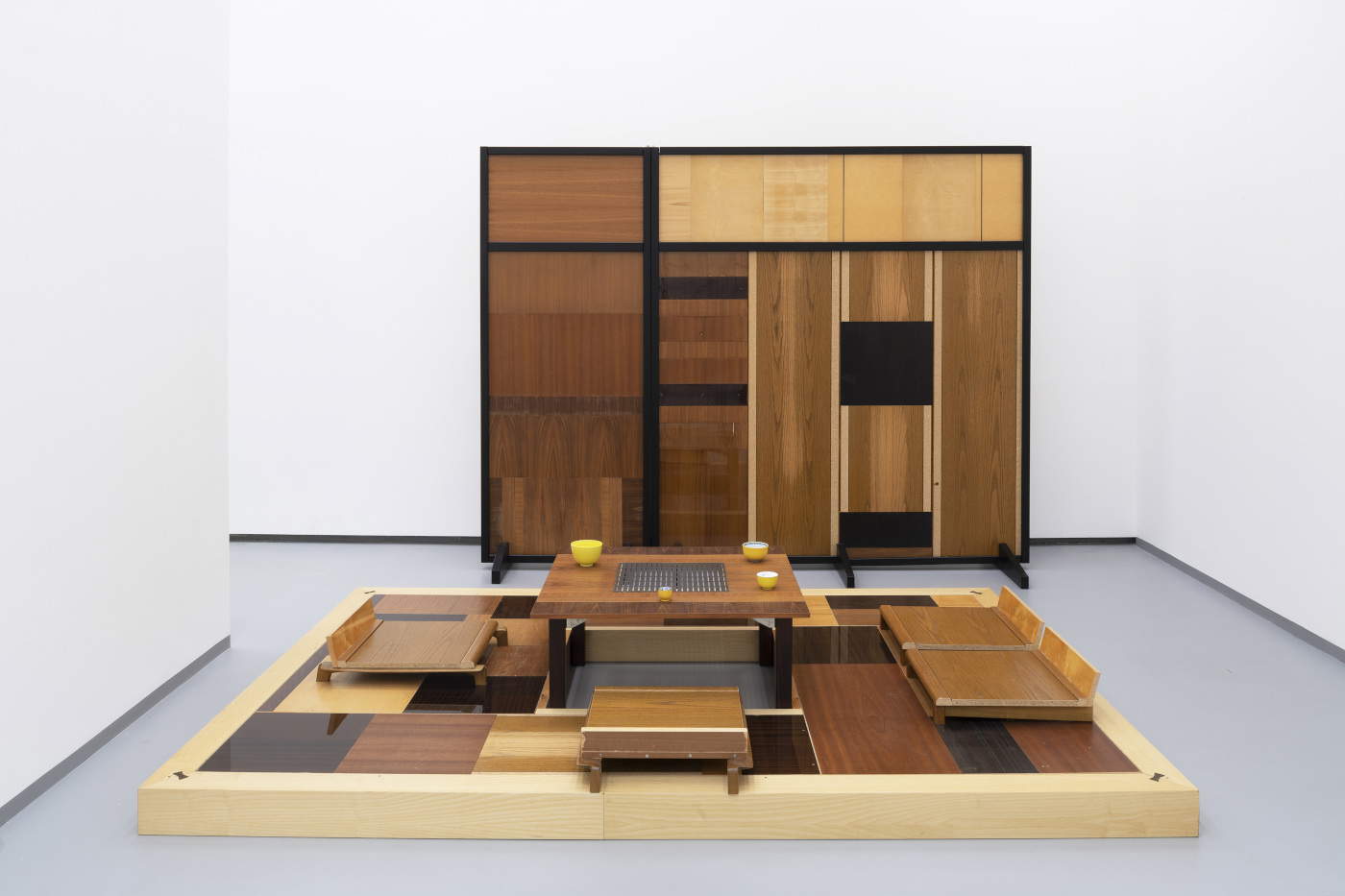
 |
| At the MAO in Turin, an exhibition tells the story of Japan through men's clothing of the early 20th century |
Warning: the translation into English of the original Italian article was created using automatic tools. We undertake to review all articles, but we do not guarantee the total absence of inaccuracies in the translation due to the program. You can find the original by clicking on the ITA button. If you find any mistake,please contact us.





